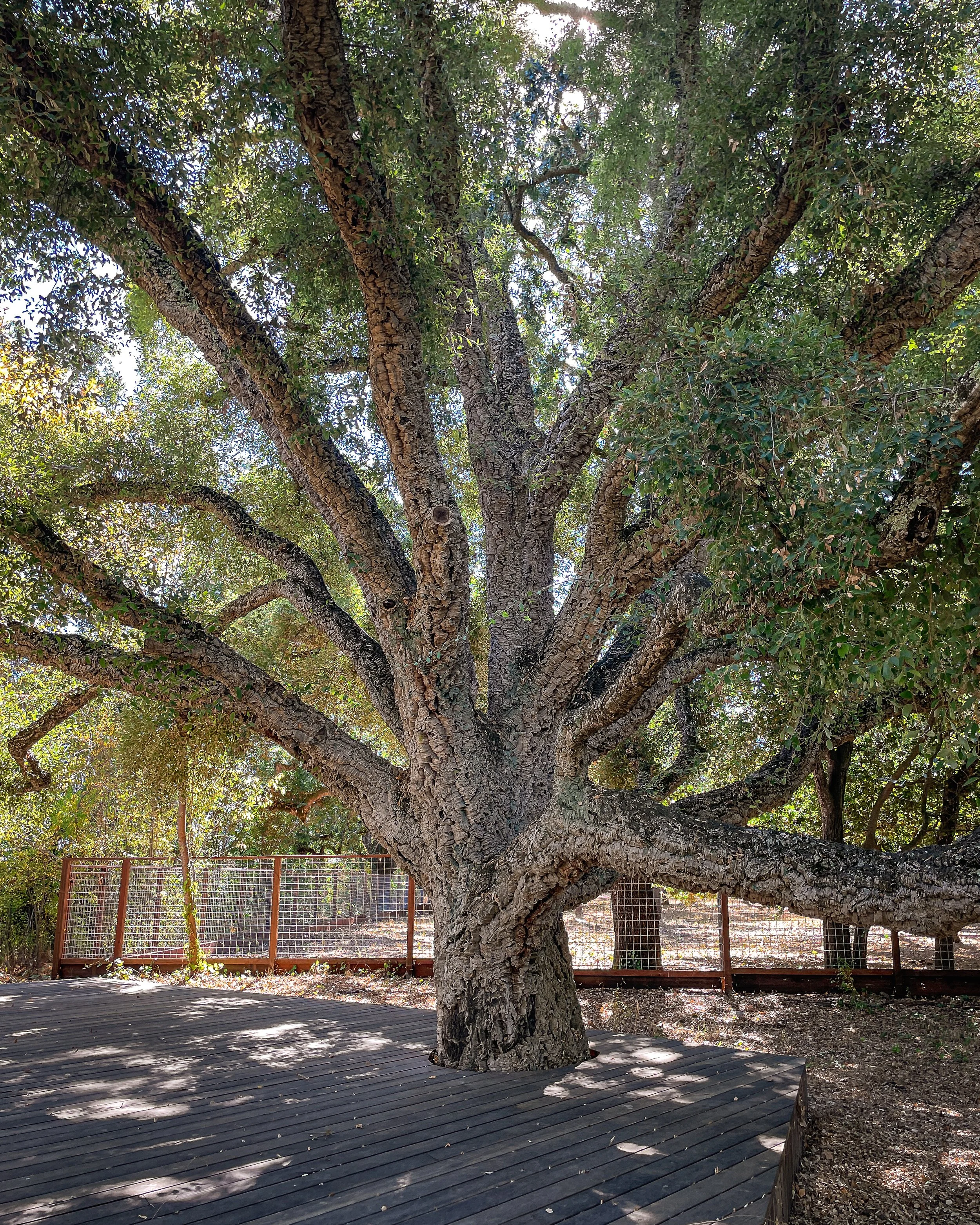Cork Exterior Cladding
Part of our initial 3-Options process is research into several potential building techniques that might be a good fit for a specific place. Even if they don’t end up being right for that specific client, they are still worthwhile explorations.
For the Farm-Creek Residence one of the early options we looked at included using compressed cork as an exterior cladding panel. Cork comes from the bark of cork oak trees, native to the Iberian Peninsula, and can be harvested in sections without killing the tree. Most of it is used for wine corks, but a company called Thermacork takes the byproducts from cork stopper production that would otherwise be burnt to make building cladding panels.
Concept Rendering for Farm-Creek Residence
The panels are incredibly intriguing because they perform so many services for the building while also sequestering carbon. These compressed cork panels repel water, provide a high insulative value per inch, are fire-resistant, naturally anti-fungal, and are acoustically absorbent. As an insulative cladding they provide continuous exterior insulation outside of framing, which is incredibly effective. All of those functions come from an easy to handle panel which can installed directly to the WRB with simple screws, thus making it cost effective.
Thermacork Panel Install: https://www.thermacork.com/
As a natural material they have a beautiful texture which slowly ages over time from a deep brown to a tan-silver that perfectly blends into a dry chaparral or oak savannah landscape. The same habitat where cork oak trees thrive. Which brings us back to Farm-Creek. The oak grove along the creek includes several huge cork oaks which local oral tradition says were planted by the Spanish when they first established a presence in Sonoma.
Cork-Oak at Farm-Creek Residence
This material didn’t appeal to the clients in this case, but I’m certainly excited to use it in the future. Anyone up for a rural modernist gem clad in regenerative tree bark?
Inspiration project, “House in the Woods” by @elfilverd, photo by @milena_archphoto




